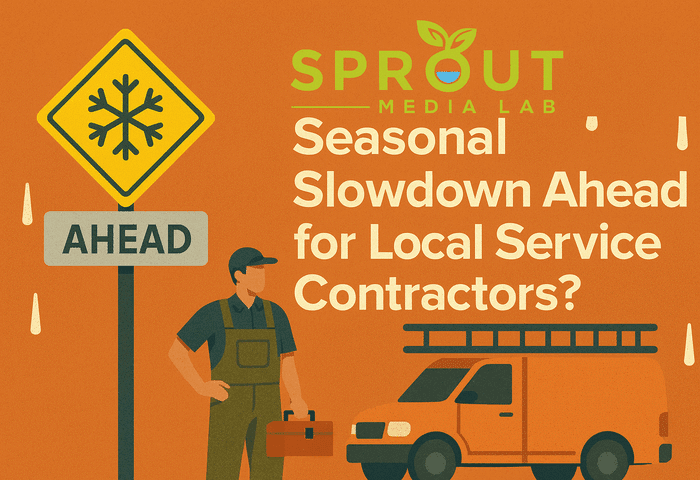Something odd happens when we spend time online. Our perception of time changes drastically. A few seconds now feel like a few minutes, especially if we’re using our mobile devices. The more time, a site takes to load, the more frustrated and annoyed we become. We’re instant gratification generation after all.
Studies have found that users will bounce off a page if it takes more than three seconds to load. Then, they will tell their friends about the negative experience they had. And, who can blame them? In the age of instant gratification, anything later than now can equal a negative experience.
The question is, what can you do to ensure your mobile site loads faster?
Here are a few tricks.
Is Your Website Responsive?
Not too long ago, you would start with a desktop website and then work your way down to the mobile version. So, you would have two separate sites: one for desktop and one for mobile.
But, in our mobile-first world, Google recommends that you use responsive design to set up your site. Simply put, your mobile site has to be easy to navigate. Users shouldn’t need to zoom in and out to be able to tap on links. The images should be appropriately sized for the device, and the information should be easy to read.
Use Google’s Mobile-Friendly Test to determine if your site is responsive or if you need to start making changes.
Minify Your Code
The concept of “minifying your code” refers to the process of removing unnecessary characters that are slowing down your page. White space characters, comments, new line characters, and block delimiters are examples of characters that you can remove from your code without affecting its functionality.
Although you could minify your code manually, it’s best to hire a web developer to do it for you. Since this process involves altering the code on your website, even the smallest mistake can damage your site significantly.
Compress Your Images
You’ve probably worked hard to create high-quality, high-resolution brand images. You are proud of the results and want to flaunt them on your site. The only problem? That beautiful brand image is probably slowing down your mobile site, annoying users and making them bounce.
Here’s an example: let’s imagine that your product photo is displayed on your mobile site as 640 x 480 pixels. But, the real size is 5184 x 3456 pixels. Now, the browsers will have to load the 5184-pixel version first, and then resize it to fit the screen. While on the desktop this process happens almost instantly, on a mobile device, especially one that’s on a cellular connection, it can take a few extra seconds to load.
One simple way to avoid this problem altogether is to resize, crop and compress your images. That way, you can significantly reduce the amount of time it takes for your mobile site to load.
The future is mobile. As such, you need to ensure that the experience you deliver to your mobile users is without flaw. Use the tips above and start improving the performance of your mobile site.
There are numerous other tricks you can use to speed up your mobile site. To learn more about it, get in touch with our SEO and web design professionals at Sprout Media Lab. Call us today at (800) 617-6975 for a free consultation on your website.












